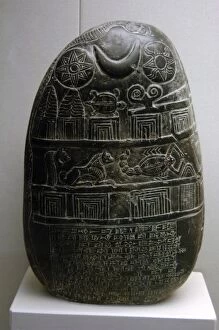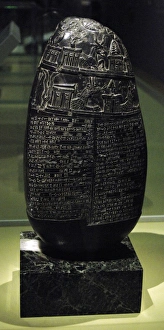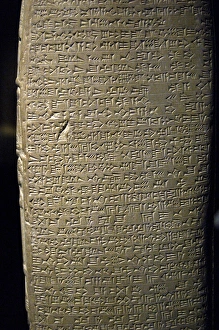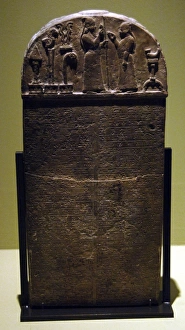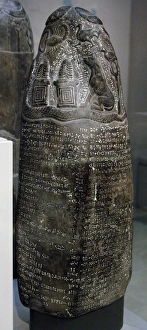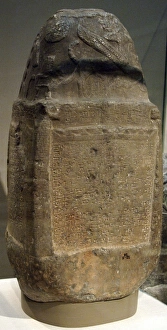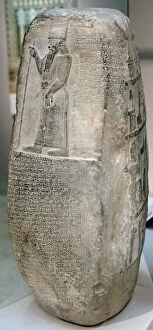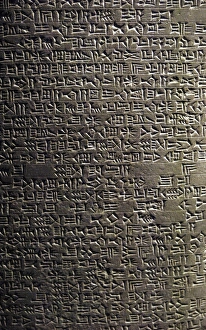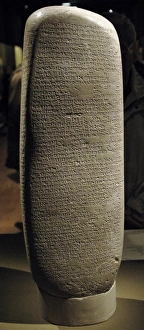Kudurru Collection
The kudurru, also known as a stele or boundary stone, is an ancient Mesopotamian artifact that played a significant role in the Kassite Dynasty
All Professionally Made to Order for Quick Shipping
The kudurru, also known as a stele or boundary stone, is an ancient Mesopotamian artifact that played a significant role in the Kassite Dynasty. These stone monuments were used to mark land boundaries and record important legal and religious transactions. One notable example is the Eanna-shum-iddina kudurru from 1125-1100 B. C. , which showcases intricate carvings depicting gods, animals, and symbols of power. This particular kudurru provides valuable insights into the religious beliefs and political structure of the time. Another remarkable the stele of King Marduk-zakir-shumi from 852-828 BC. It serves as evidence of his reign and highlights his authority over Babylon during this period. The kudurru of Shitti-Marduk, believed to be from Nebuchadnezzar's era, holds historical significance due to its depiction of deities granting blessings upon the king. This demonstrates how religion was intertwined with politics in ancient Mesopotamia. Additionally, there is the Nazimatrut-Tash kudurru from Susa in the 12th century BC. Its detailed engravings depict various gods and goddesses associated with fertility and protection. Meli-Shipak's limestone kudurru reveals details about his rule during the Kassite Dynasty. The carvings on this monument showcase divine figures bestowing their favor upon him as ruler. These artifacts provide invaluable glimpses into ancient Babylonian society by shedding light on their religious practices, political structures, and land ownership systems. The craftsmanship displayed on these stones reflects both artistic skill and cultural importance.



